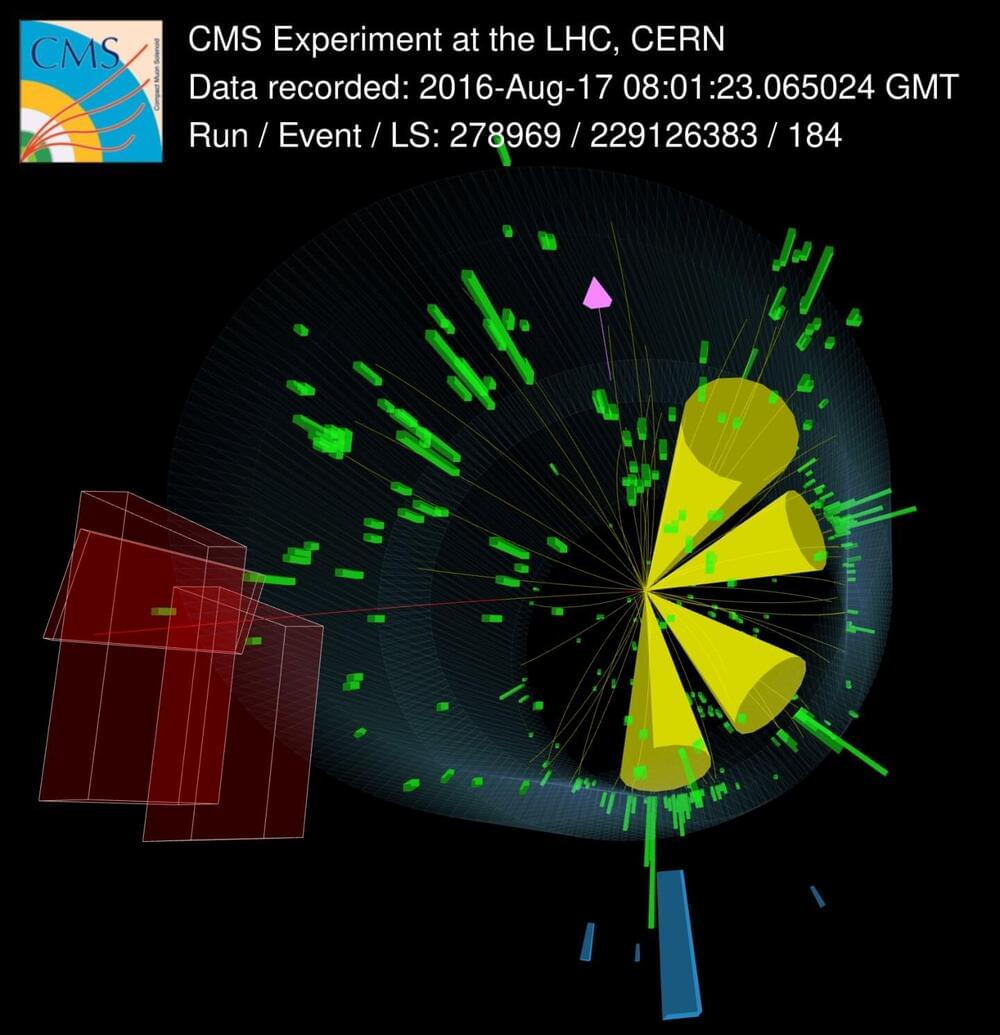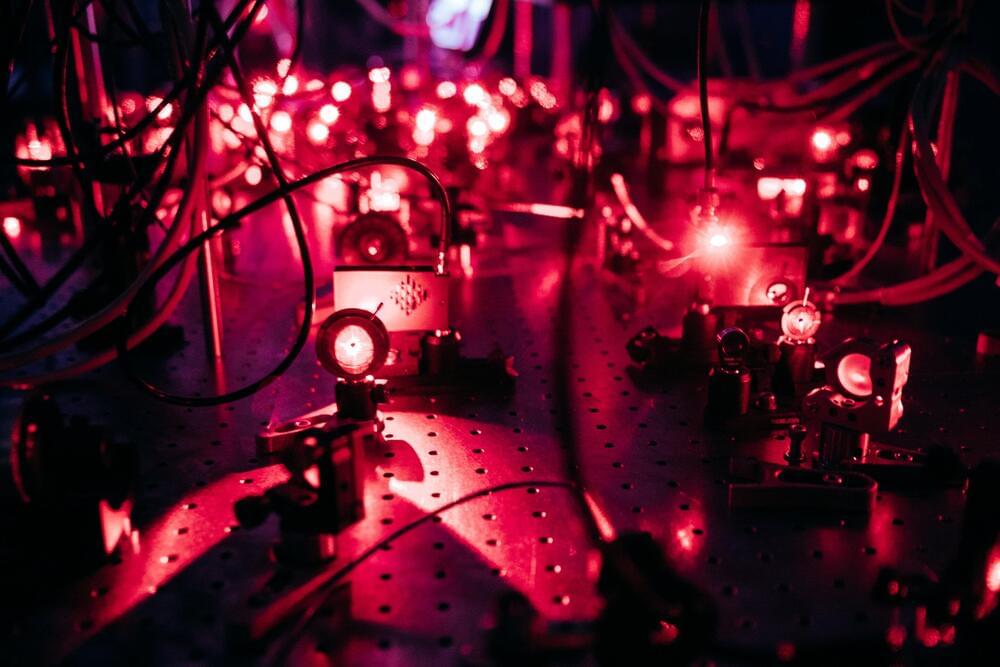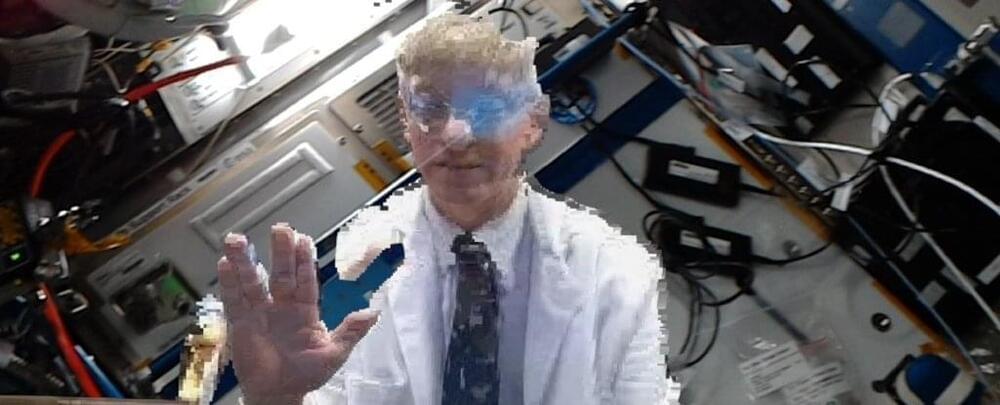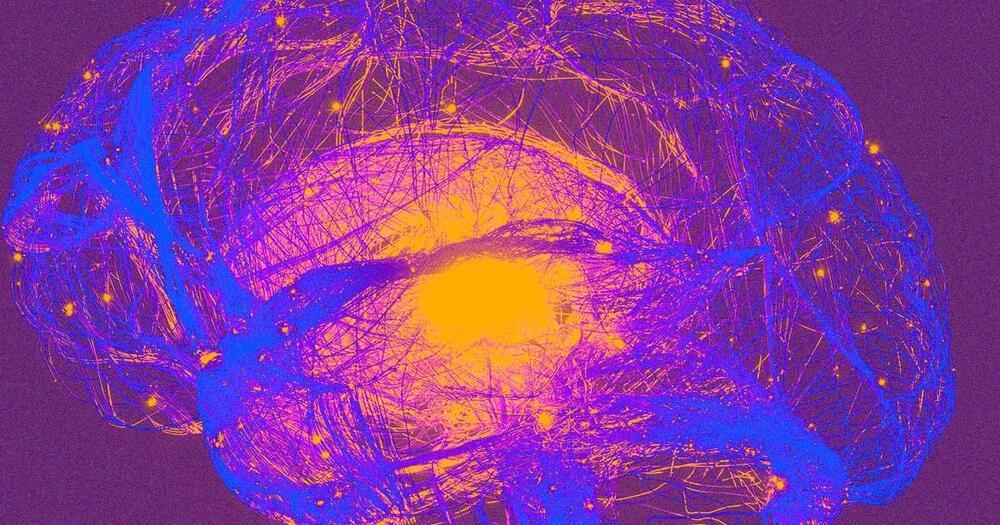The CMS collaboration at the Large Hadron Collider (LHC) has performed the most accurate ever measurement of the mass of the top quark—the heaviest known elementary particle. The latest CMS result estimates the value of the top-quark mass with an accuracy of about 0.22%. The substantial gain in accuracy comes from new analysis methods and improved procedures to consistently and simultaneously treat different uncertainties in the measurement.
The precise knowledge of the top-quark mass is of paramount importance to understand our world at the smallest scale. Knowing this heaviest elementary particle as intimately as possible is crucial because it allows testing of the internal consistency of the mathematical description of all elementary particles, called the Standard Model.
For example, if the masses of the W boson and Higgs boson are known accurately, the top-quark mass can be predicted by the Standard Model. Likewise, using the top-quark and Higgs-boson masses, the W-boson mass can be predicted. Interestingly, despite much progress, the theoretical-physics definition of mass, which has to do with the effect of quantum-physics corrections, is still tough to pin down for the top quark.







